Wainscoting remains a timeless way to add architectural depth and character to powder rooms. Originating in the eighteenth century as a practical solution for insulation and wall protection , wainscoting has evolved into a versatile design element that can suit styles from classic to contemporary. Today’s designers leverage a range of materials—wood, MDF, PVC, and even sculpted plaster—to craft half walls that anchor small spaces with visual interest. Trends like two-tone paint pairings and mixed-material treatments continue to invigorate compact baths. Let’s explore 20 innovative wainscoting concepts to elevate your powder room design.
1. Beadboard Wainscoting for Cottage Charm
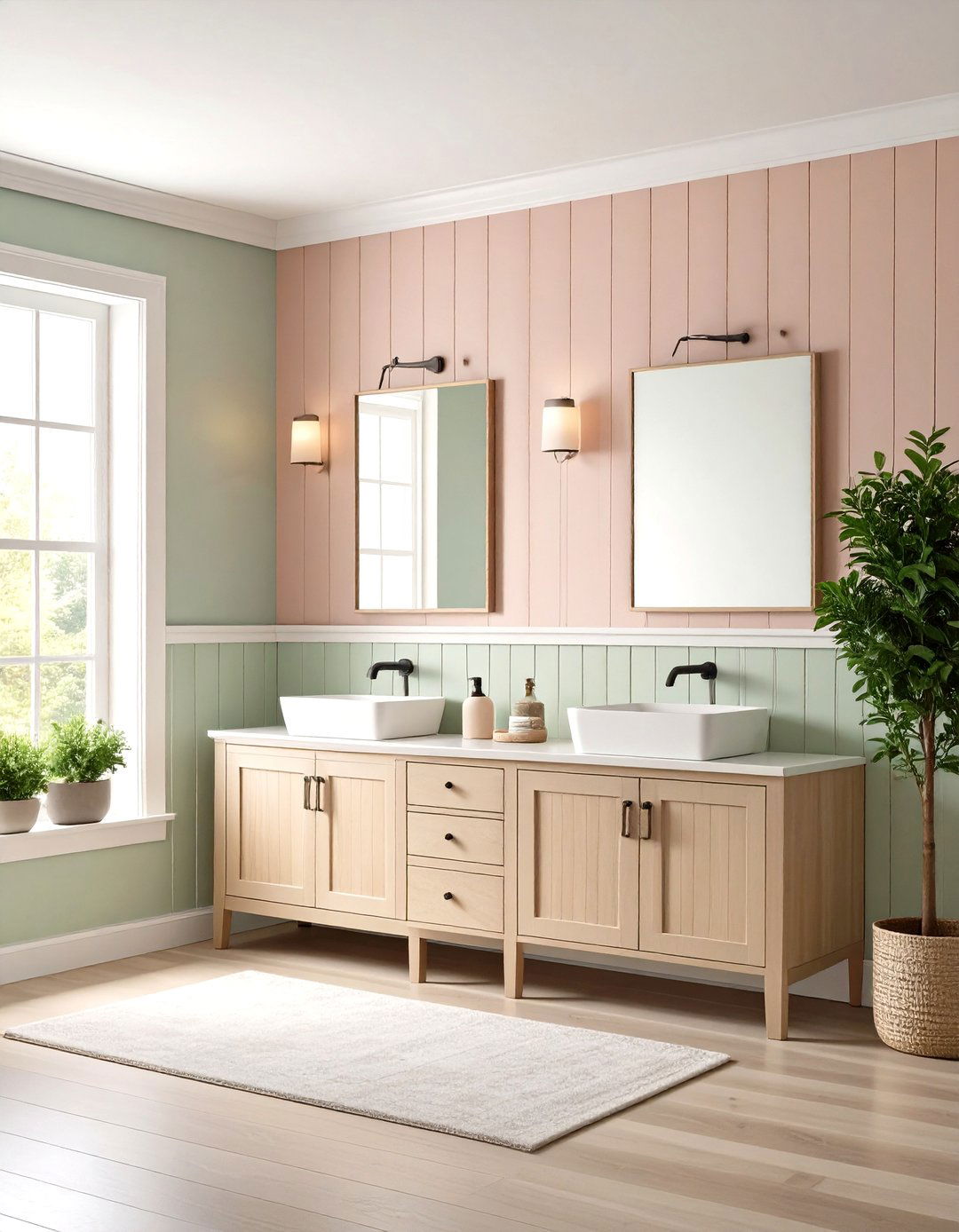
Beadboard wainscoting brings a cozy, classic cottage feel to any powder room. Characterized by narrow, vertical grooves set between slender boards, beadboard adds texture without overwhelming small spaces. It pairs beautifully with soft neutrals or gentle pastels to evoke a relaxed, seaside-inspired vibe. Many beadboard panels are now available in moisture-resistant MDF or PVC for bathroom environments, making them ideal for powder rooms prone to humidity. Installation is straightforward, offering an attainable DIY upgrade with basic carpentry skills. To emphasize its charm, paint the grooves a contrasting shade or top the chair rail with a narrow shelf for displaying small decor accents, instantly transforming an ordinary half bath into a warm, inviting retreat.
2. Board-and-Batten Wainscoting for Farmhouse Flair
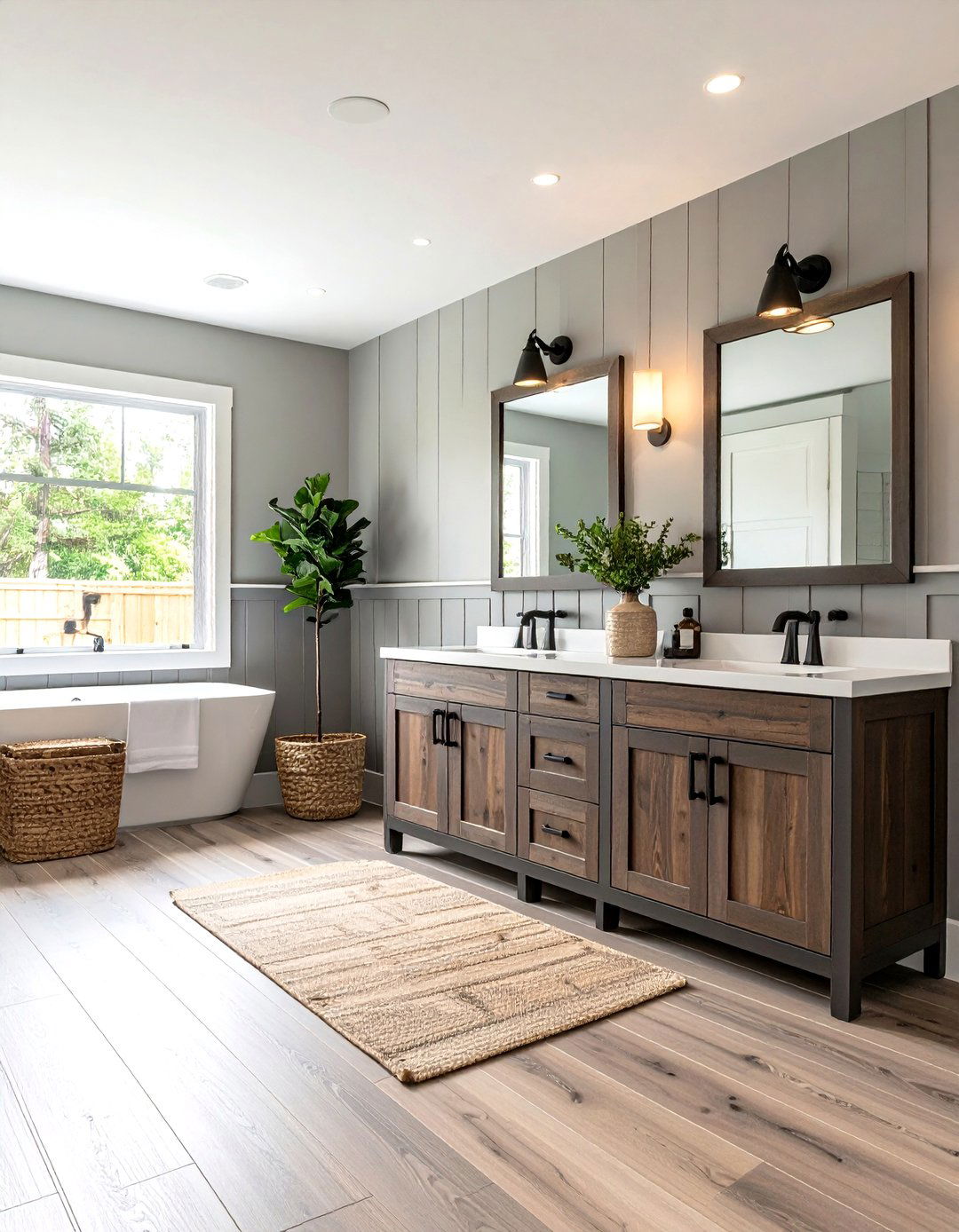
Board-and-batten wainscoting features alternating wide boards and narrow battens, creating a rhythmic, grid-like pattern that suits modern farmhouse and cottage styles. This bold vertical treatment adds architectural interest while drawing the eye upward, making low-ceilinged powder rooms feel taller. Painted in crisp white or a soft gray, board-and-batten wainscoting provides a neutral backdrop that complements rustic wood accents and matte black hardware. For a seamless look, install battens directly over existing drywall, reducing installation time and cost. Pair this style with a stained wood beam shelf or simple floating ledge atop the battens for functional storage and a contemporary twist.
3. Picture Frame Wainscoting for Elegant Detail
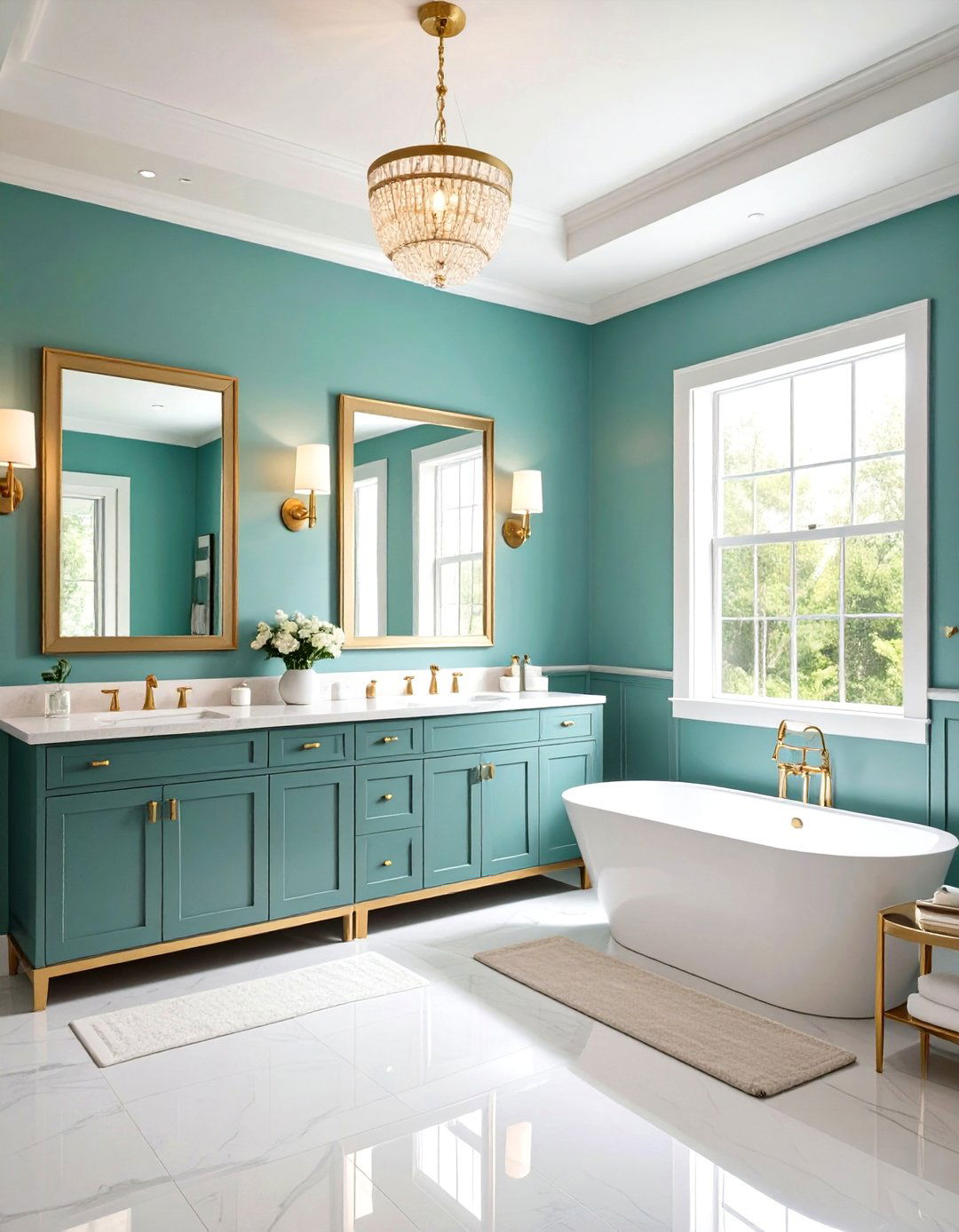
Picture frame wainscoting comprises flat panels bordered by slender trim to form rectangular or square shapes, adding a refined architectural layer to powder rooms. This style echoes traditional craftsmanship, offering a backdrop that highlights decorative elements like framed art or sconce lighting. You can paint all trims and panels monochromatically for a cohesive feel or pair a darker wainscoting hue with contrasting upper walls to create drama. Mid-height installation—typically 32 to 36 inches—balances scale in smaller baths while leaving ample room for a statement mirror above the chair rail. For personalized flair, vary frame sizes on adjacent walls or apply metallic paint within panel recesses to introduce subtle luxury without overwhelming the compact space.
4. Vertical Shiplap Wainscoting for Modern Simplicity
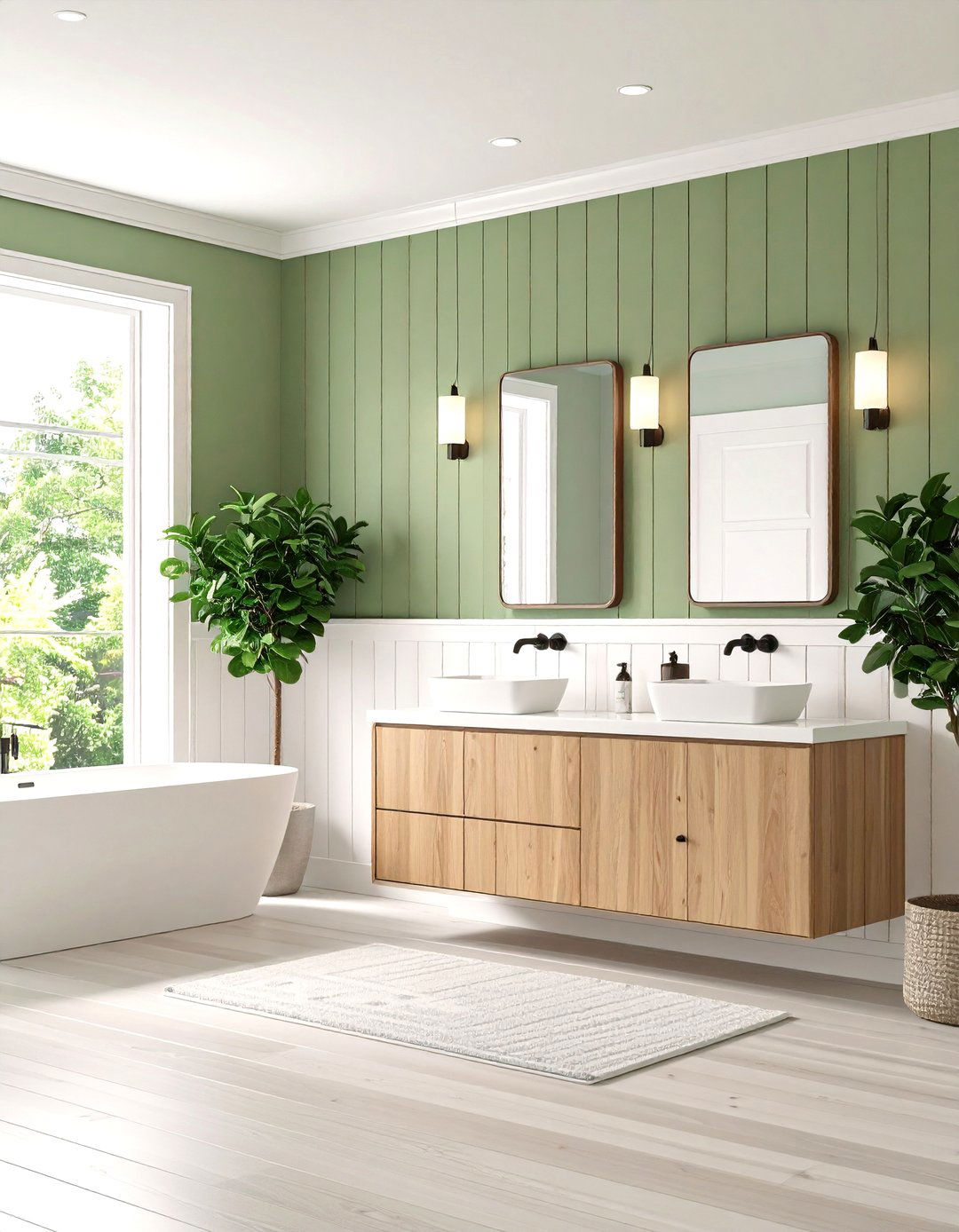
Vertical shiplap wainscoting, with its flat boards and recessed grooves, creates a crisp, linear look that suits modern farmhouse and coastal designs alike. Unlike traditional beadboard, shiplap’s sleek planks offer a contemporary twist that feels both laid-back and structured. Paint shiplap wainscoting in bright white to maximize light reflection in tight powder rooms, or choose a muted sage for a soft, organic feel. Because shiplap can double as a backsplash behind sinks, its water-resistant options simplify cleanup and maintenance. Typical height ranges from 30 to 36 inches, making it versatile for various ceiling heights and compatible with simple crown or chair rails.
5. Raised Panel Wainscoting for Timeless Sophistication
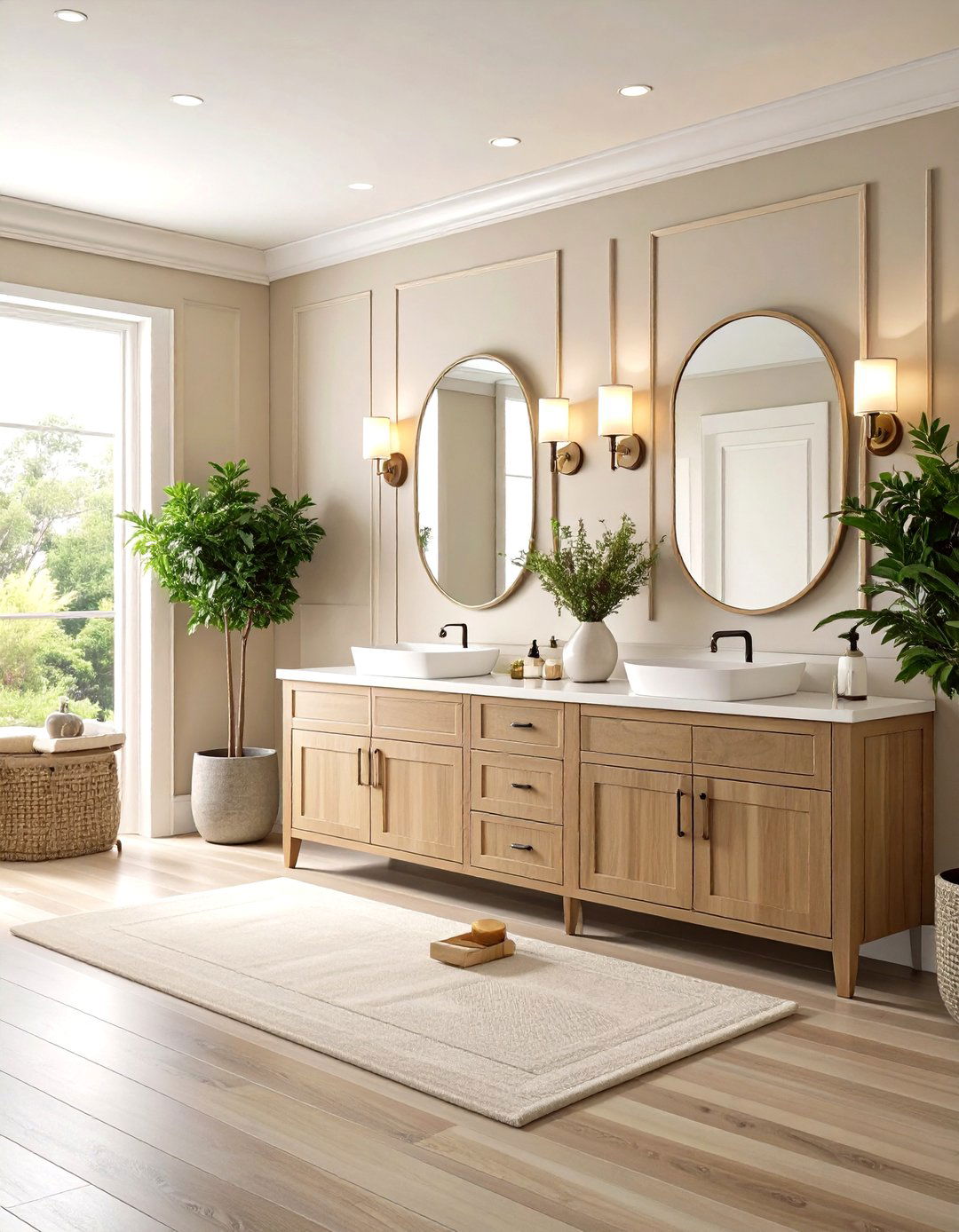
Raised panel wainscoting features recessed edges and convex-center panels, offering an elegant, three-dimensional effect ideal for upscale powder rooms. This classic profile enhances wall depth and casts subtle shadows, giving small spaces an illusion of grandeur. While traditionally crafted from solid wood, contemporary versions in engineered wood or moisture-resistant composites can withstand bathroom humidity. For a tonal, refined look, paint raised panel wainscoting in the same color as upper walls, allowing texture to shine through without adding visual clutter. The recommended height—usually between 32 and 42 inches—should align with fixtures and mirror placement for a harmonious, high-end finish.
6. Two-Tone Wainscoting for Bold Contrast
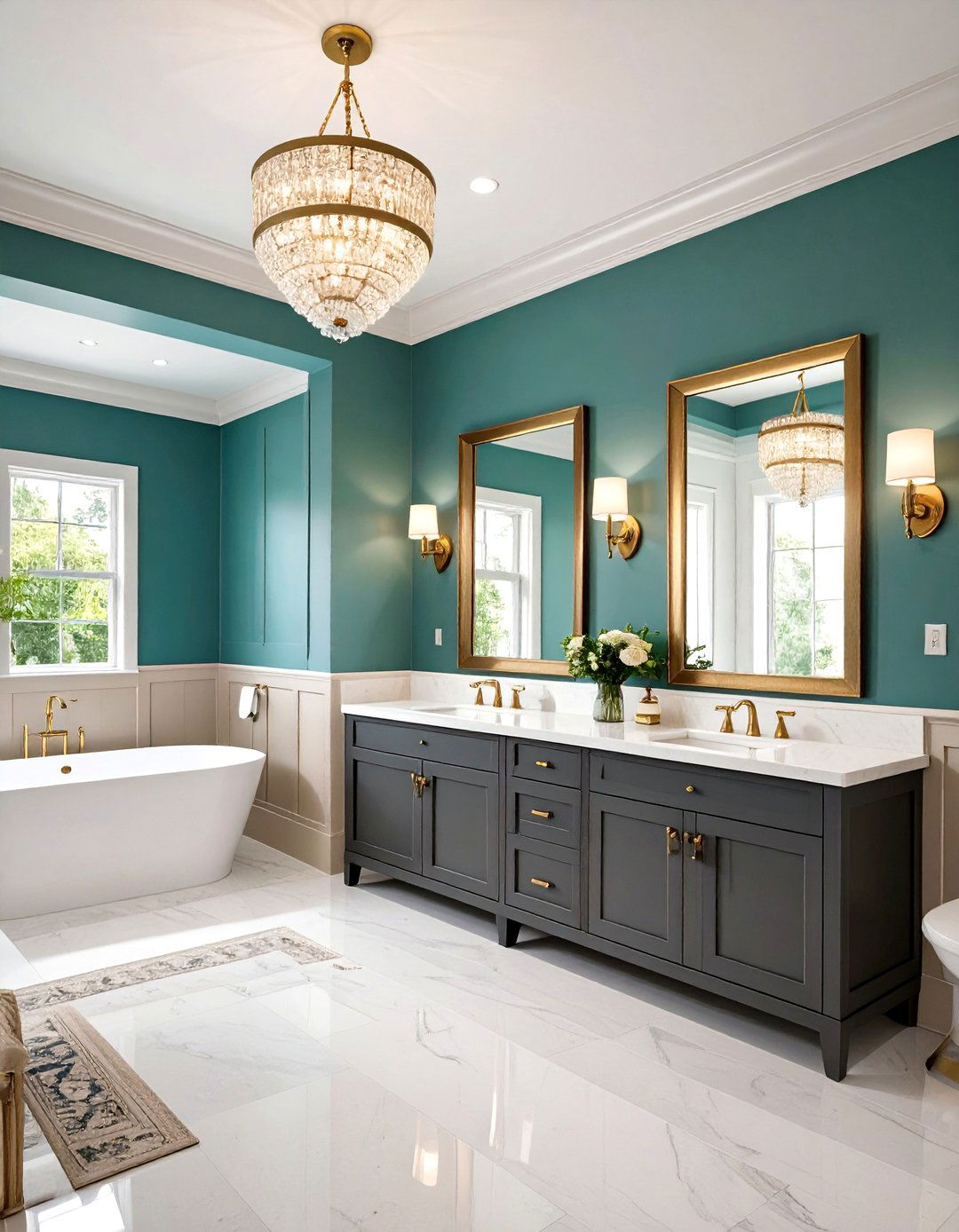
Two-tone wainscoting employs a neutral or muted lower panel paired with a vivid upper wall hue, delivering dramatic impact in small powder rooms. Keeping wainscoting in crisp white or soft gray stabilizes the palette, while jewel-toned paints—emerald, navy, or deep plum—create a moody, captivating ambiance above. This approach balances drama with calm, guiding guests’ attention upward and making ceilings appear taller. To integrate two-tone styling seamlessly, choose a chair rail profile that complements both paint colors and coordinate metal finishes in hardware—such as brushed brass or matte black—to unify contrasting elements.
7. Arched Wainscoting for Architectural Interest
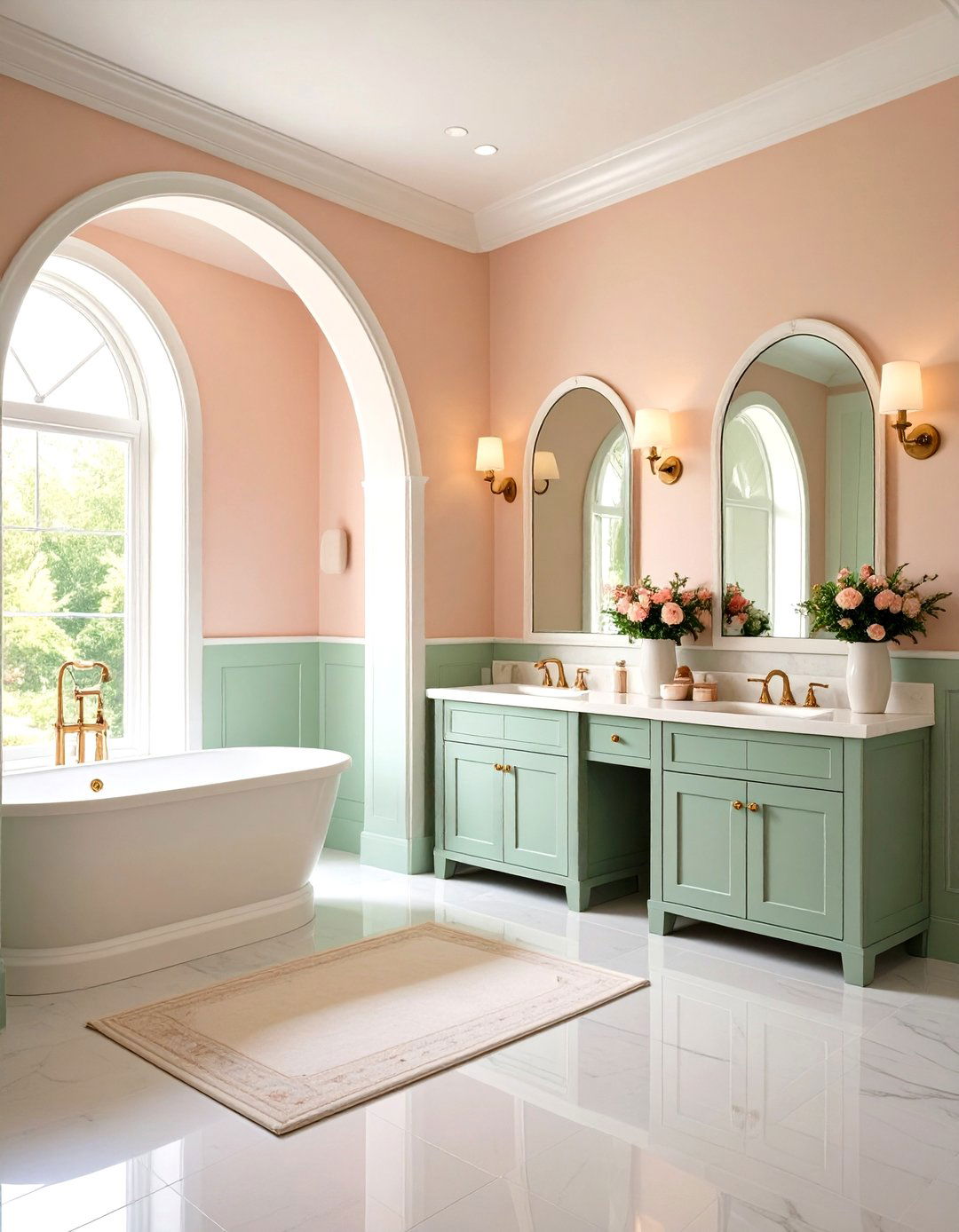
Arched wainscoting introduces curved panel tops into traditional flat panels, echoing arched mirrors or doorways for a cohesive architectural statement. By cutting arches into the chair rail or framing curved panels, you can soften harsh lines and lend a bespoke touch suited to traditional, Tudor, or Spanish Revival powder rooms. Painting the arches the same hue as surrounding millwork emphasizes the curves, while a contrasting wall color highlights their shape. This technique works best on a single focal wall—such as the sink wall—to draw the eye and create a memorable first impression.
8. Fluted Wainscoting for Textured Sophistication
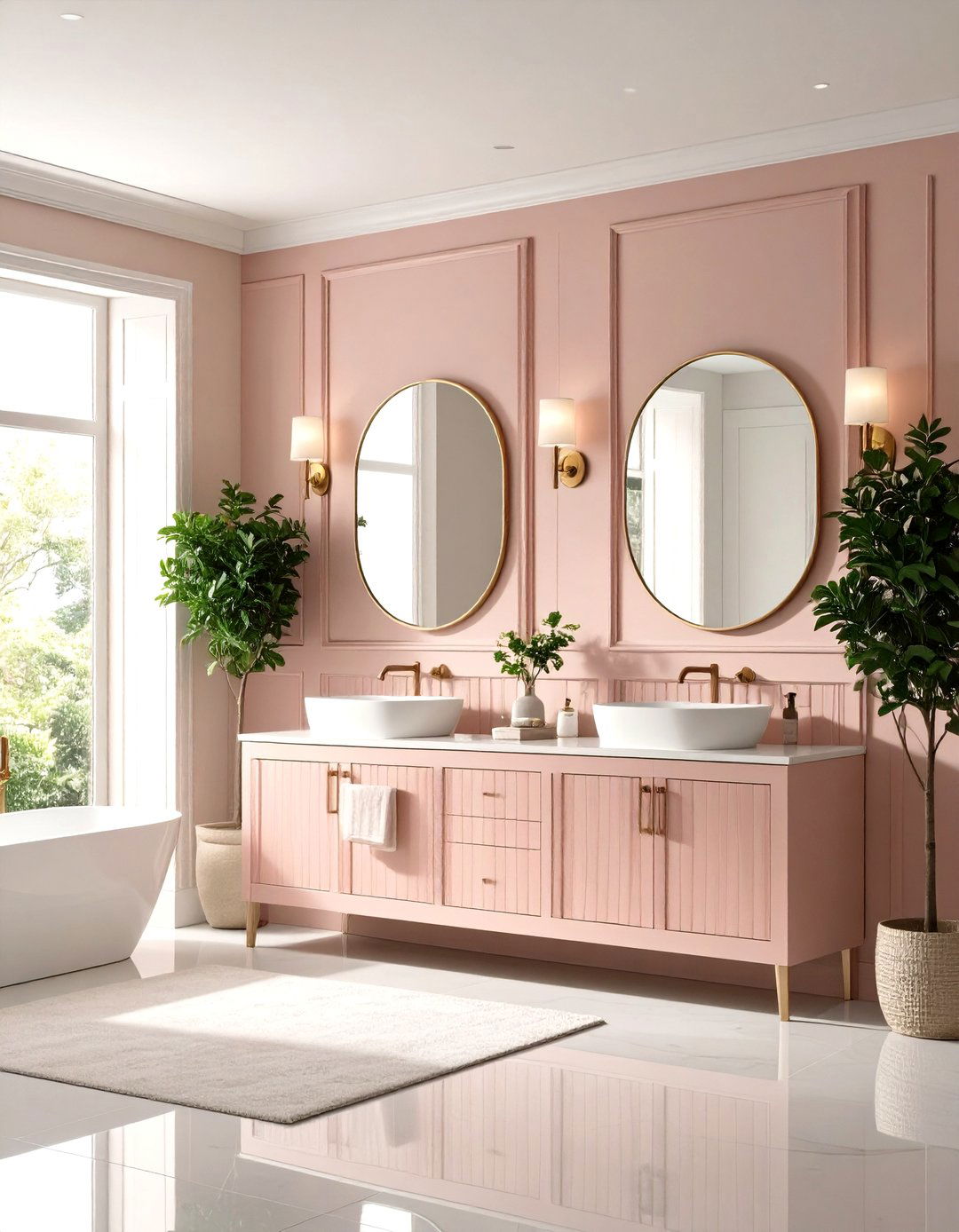
Fluted wainscoting consists of vertical grooves carved into flat panels or stiles, offering subtle yet striking texture that elevates a powder room’s aesthetic. The clean, parallel lines provide a refined detail that complements both classic interiors and modern minimalist schemes. Fluted profiles pair exceptionally well with monochromatic color schemes or muted two-tone treatments, allowing the tactile quality to stand out without overwhelming the space. To accentuate flutes, lightly dry brush a slightly darker paint shade over raised edges or install LED strip lighting beneath the chair rail for gentle shadow play.
9. Rustic Reclaimed Wood Wainscoting for Warmth
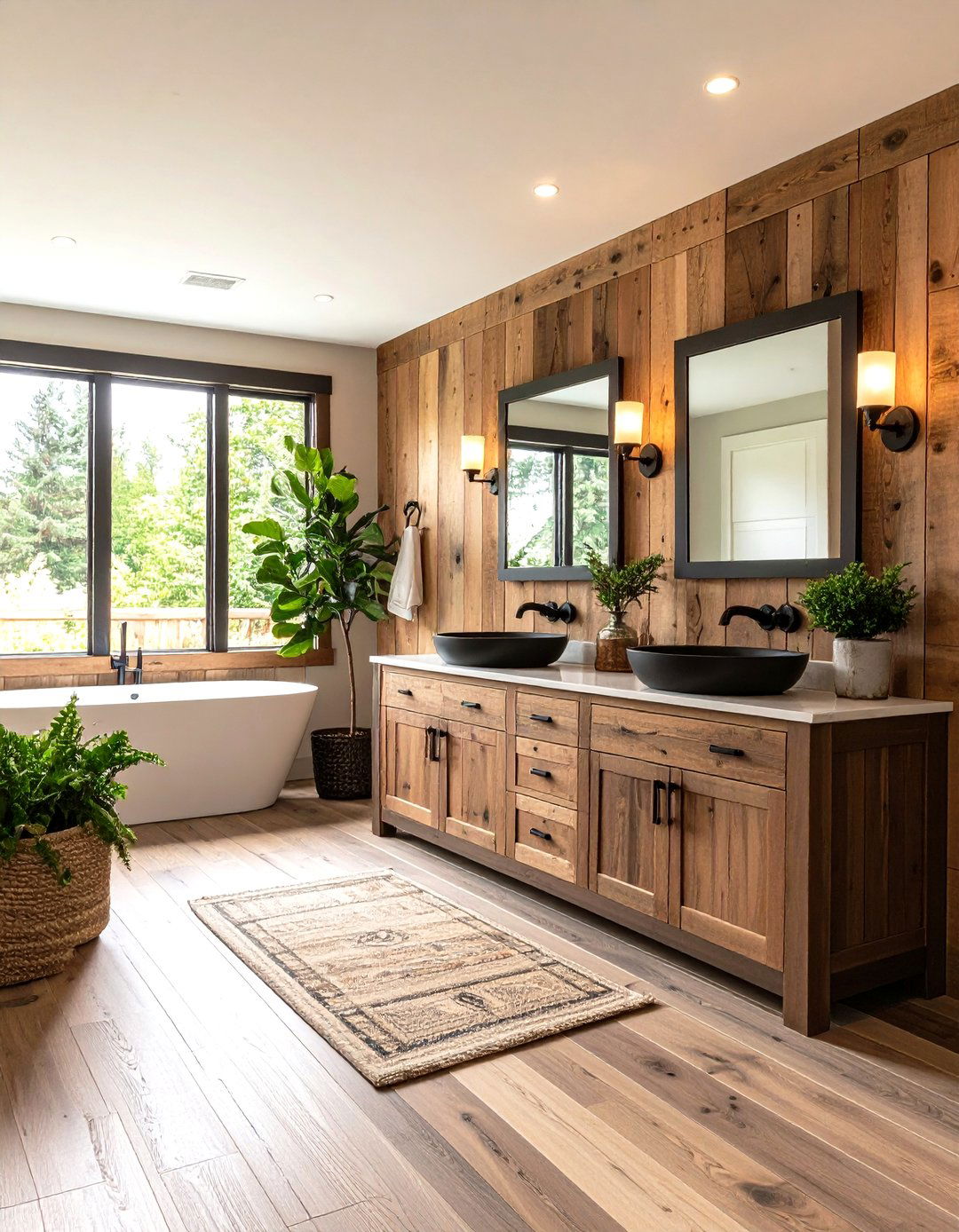
Rustic reclaimed wood wainscoting brings organic warmth and textural contrast to powder rooms, perfect for a cozy cabin or country-inspired design. Salvaged barn boards or repurposed pallet wood create unique grain patterns and natural patinas that enrich the look of narrow, half-wall installations. Because reclaimed wood is often irregular, budget for additional sanding and sealing to ensure a smooth finish and moisture protection. Pair this style with simple, matte black or oil-rubbed bronze hardware to balance the raw wood’s character. A clear matte varnish highlights natural variations while safeguarding against bathroom humidity—turning your powder room into a rustic retreat with undeniable charm.
10. Color-Drenched Wainscoting for Dramatic Impact
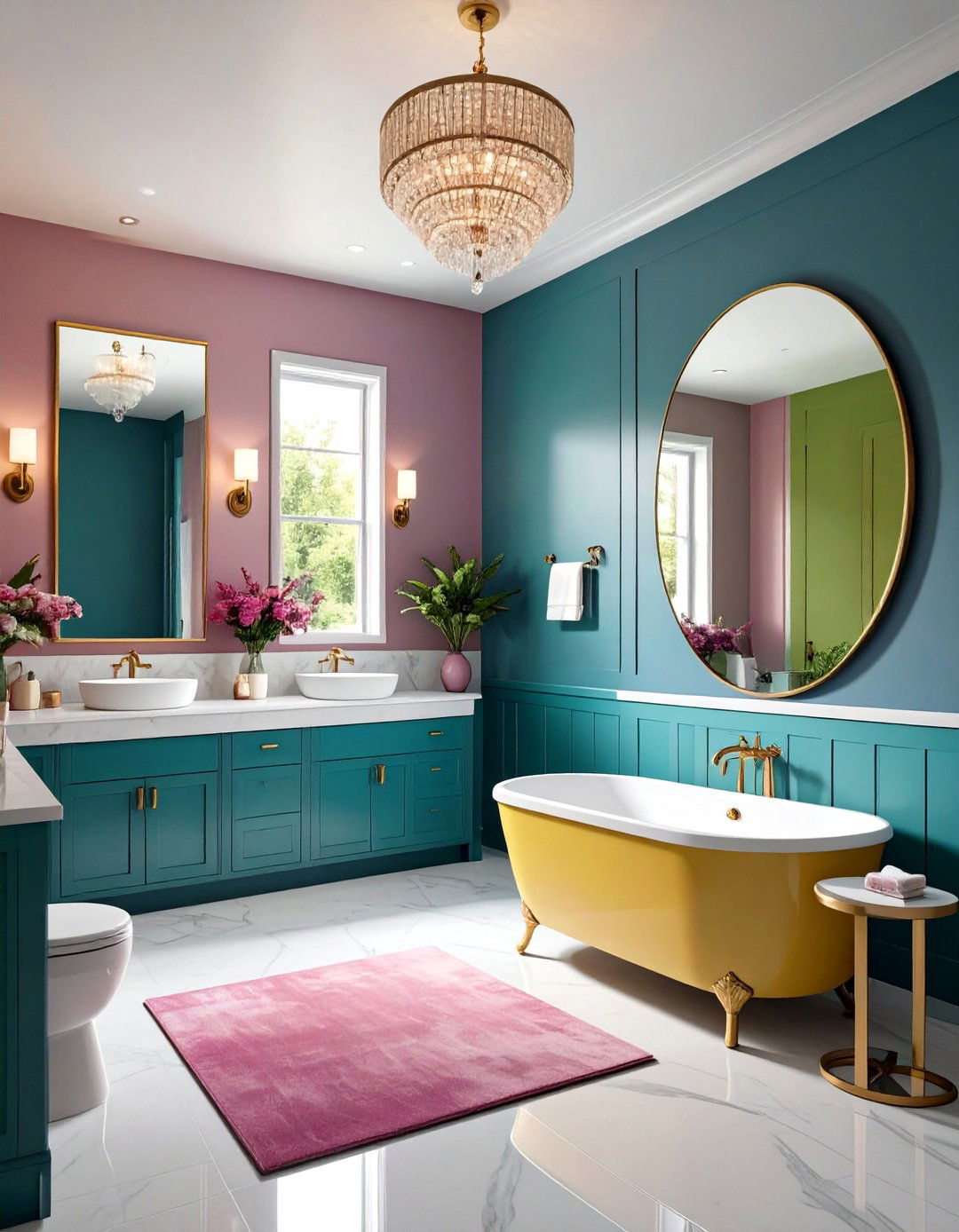
Color-drenched wainscoting covers both panels and upper walls in a unified, saturated hue, creating a bold, enveloping environment that feels surprisingly cozy in a small powder room. Deep blues, forest greens, or rich charcoal can visually expand the space by eliminating contrast lines, while high-gloss finishes add reflective quality to improve light distribution. To keep the look balanced, choose simple white or matte black fixtures and minimal décor that won’t compete with the intense color. Emphasize trim details with a slightly brighter or darker shade to reveal panel profiles subtly without disrupting the immersive effect.
11. Wallpaper Above Wainscoting for Patterned Pop
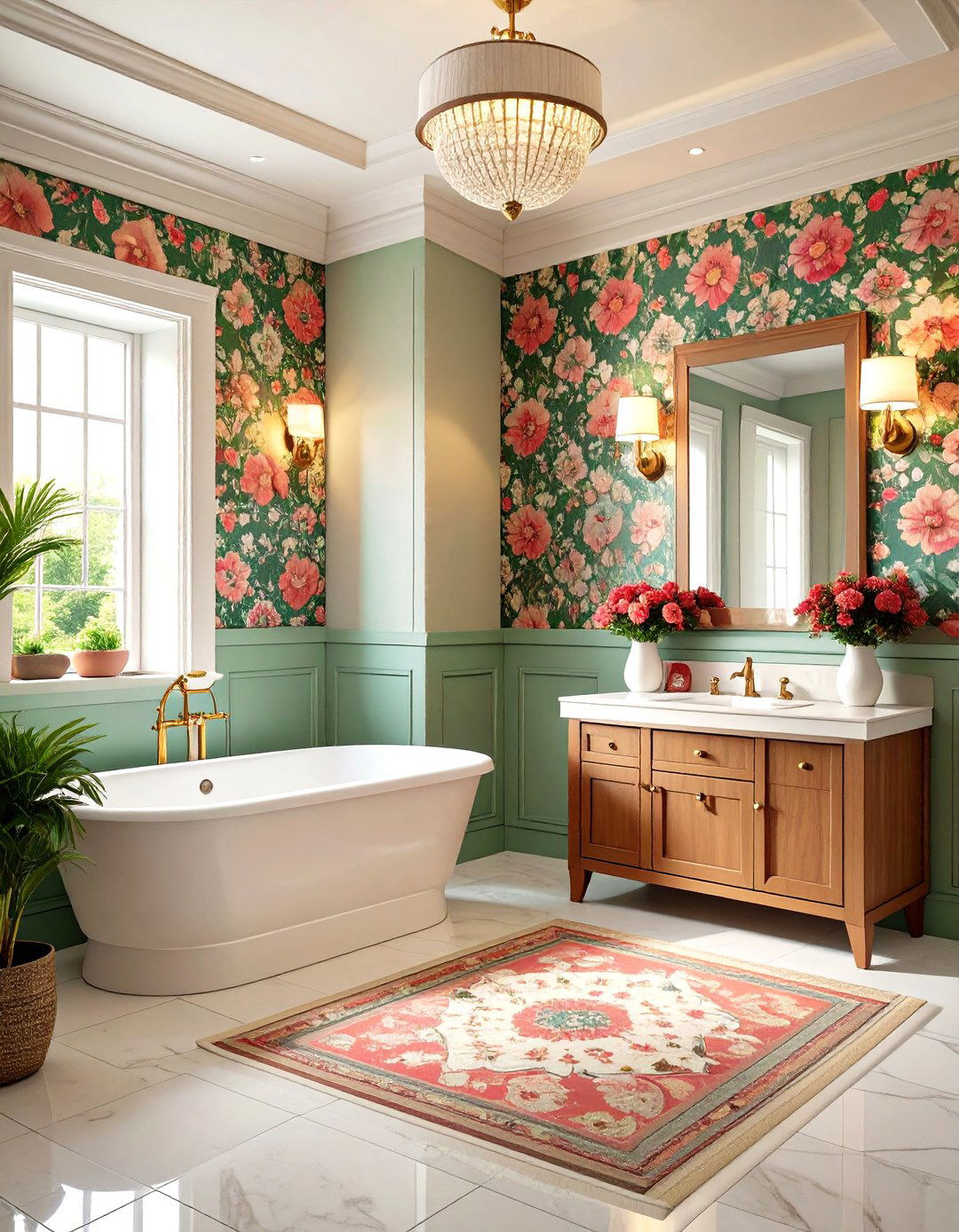
Wallpaper above wainscoting merges texture with pattern, giving powder rooms visual depth. After installing your chosen wainscoting profile—be it beadboard, board-and-batten, or flat panel—apply bold or delicate wallpaper to the upper wall section for a surprising pop of personality. From floral motifs and geometrics to metallic accents and jungle prints, wallpaper choices can reflect adventurous or serene moods. To ensure cohesion, select wallpaper colors that reference the wainscoting hue or coordinating hardware finishes. This dual treatment defines distinct zones and brings an elevated, boutique-hotel feel to a compact half bath.
12. Mixed Material Wainscoting with Tile Backsplash

Mixed material wainscoting pairs wood paneling with a tile backsplash above or between panels, marrying warmth with sleek, moisture-resistant surfaces. For example, install subway or hexagon tile up to the chair rail, then continue with wood wainscoting below for a textural contrast that’s easy to maintain. Choose ceramic, porcelain, or even marble tile depending on budget and style, and match grout lines subtly to keep the look refined. This approach is ideal behind vanity areas, where splash protection is crucial, and lends an elevated, custom feel to any powder room.
13. High-Gloss Painted Wainscoting for Contemporary Edge
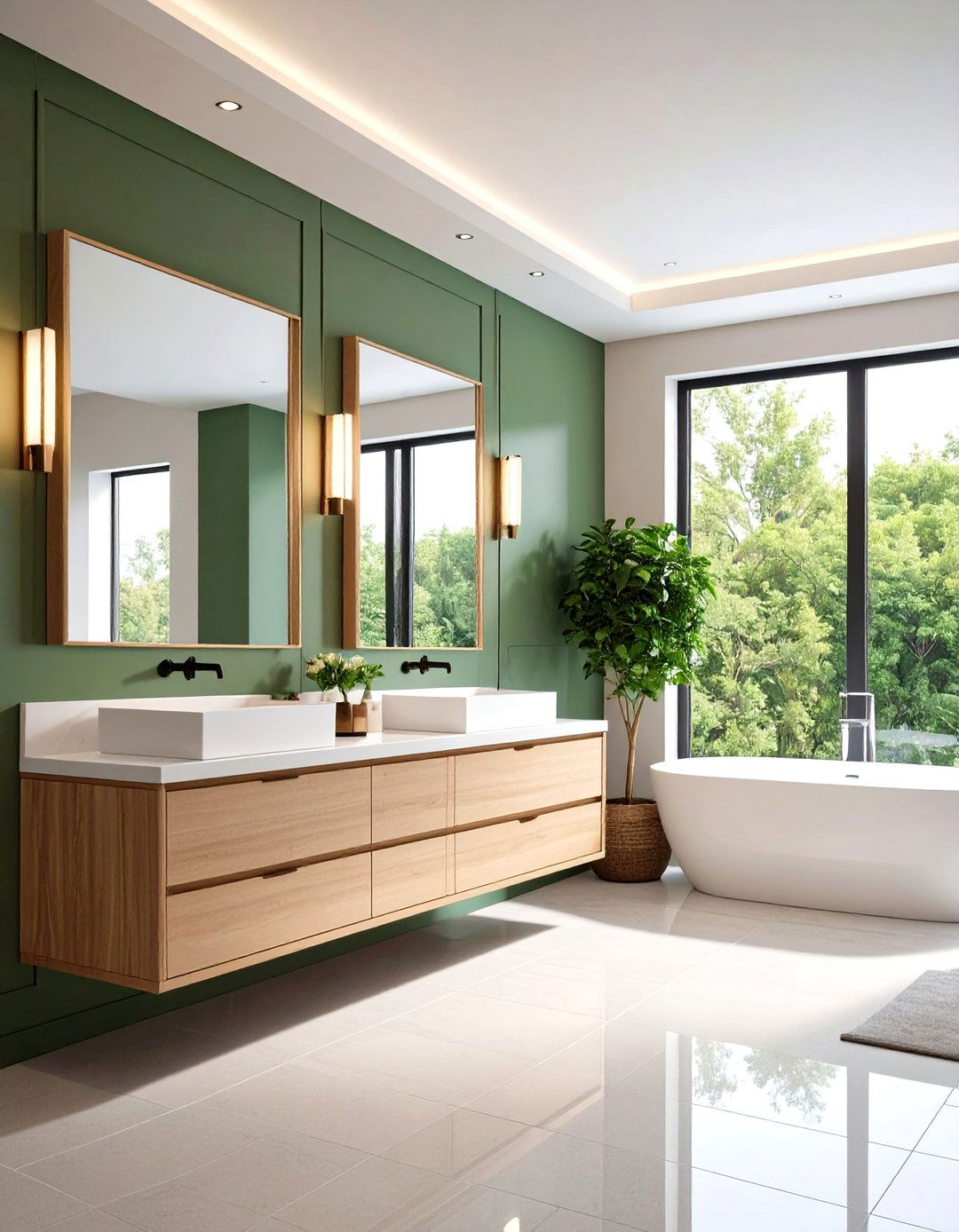
Bright, high-gloss wainscoting paint infuses powder rooms with modern flair, reflecting light and amplifying spatial perception. Coating flat panels or raised profiles in a lacquered sheen can turn conventional paneling into a sleek, almost glass-like feature wall. Opt for neutral high gloss—like dove gray or cream—for subtle sophistication, or push boundaries with primary colors for an artful statement. Because gloss shows imperfections, prepare panels by sanding and priming meticulously. Finish with a semi-urethane clear coat to protect the sheen from scuffs and moisture typical of guest-use bathrooms.
14. Sculpted Plaster Wainscoting for Luxe Appeal
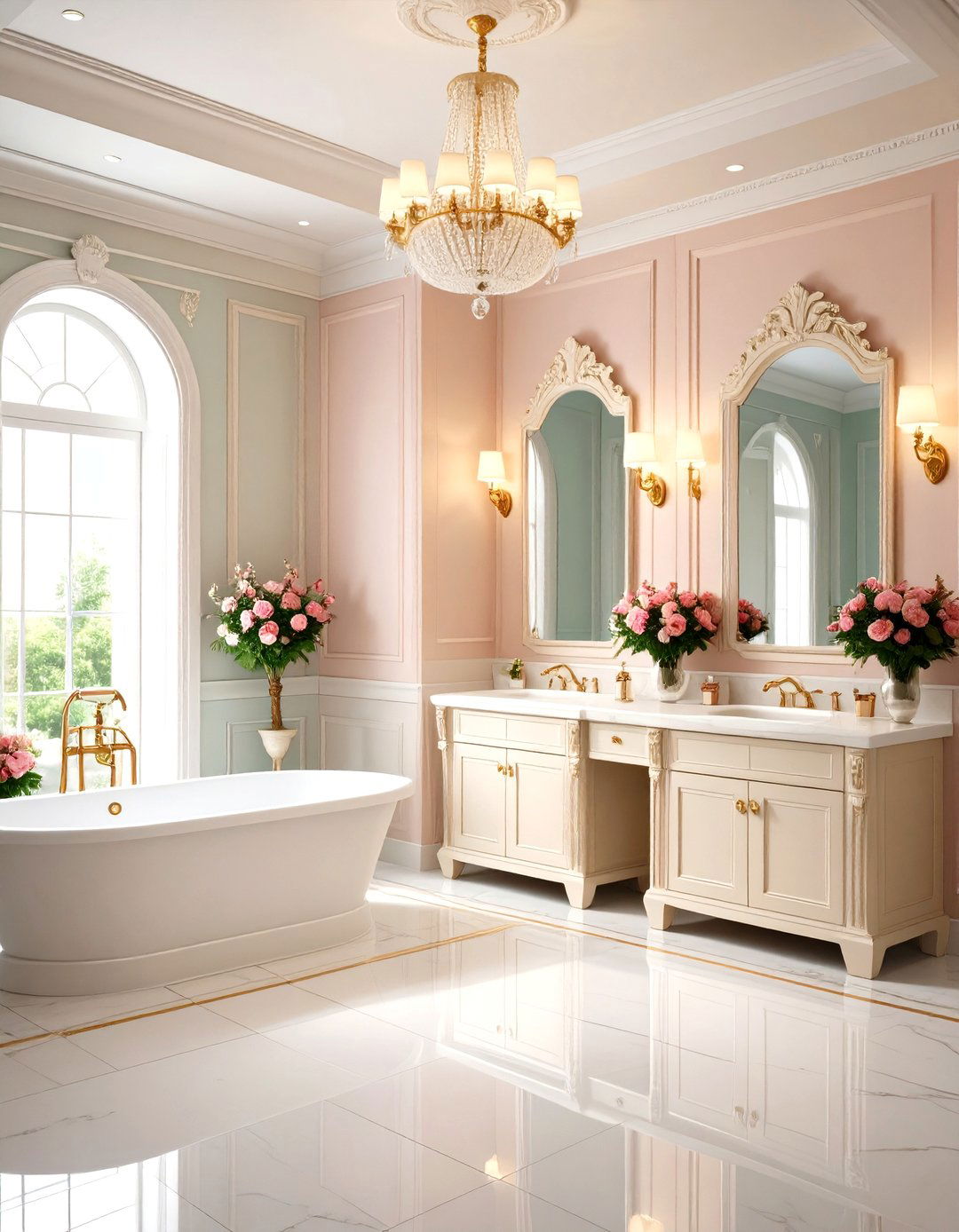
Sculpted plaster wainscoting brings artisanal luxury to powder rooms, showcasing raised motifs, fluting, or custom moldings crafted in plaster. This technique harkens back to historic European interiors and works beautifully in homes with classical or Mediterranean influences. Unlike wood panels, plaster can be molded into intricate shapes or seamlessly curved for wall corners, offering unparalleled flexibility. After installation, plaster wainscoting is painted to match surrounding walls or highlighted with a contrasting glaze for depth. Though more labor-intensive and costly, this unique treatment elevates a small half bath into a gallery-worthy, sculptural space.
15. Crown-Molding Topped Wainscoting for Grand Finish
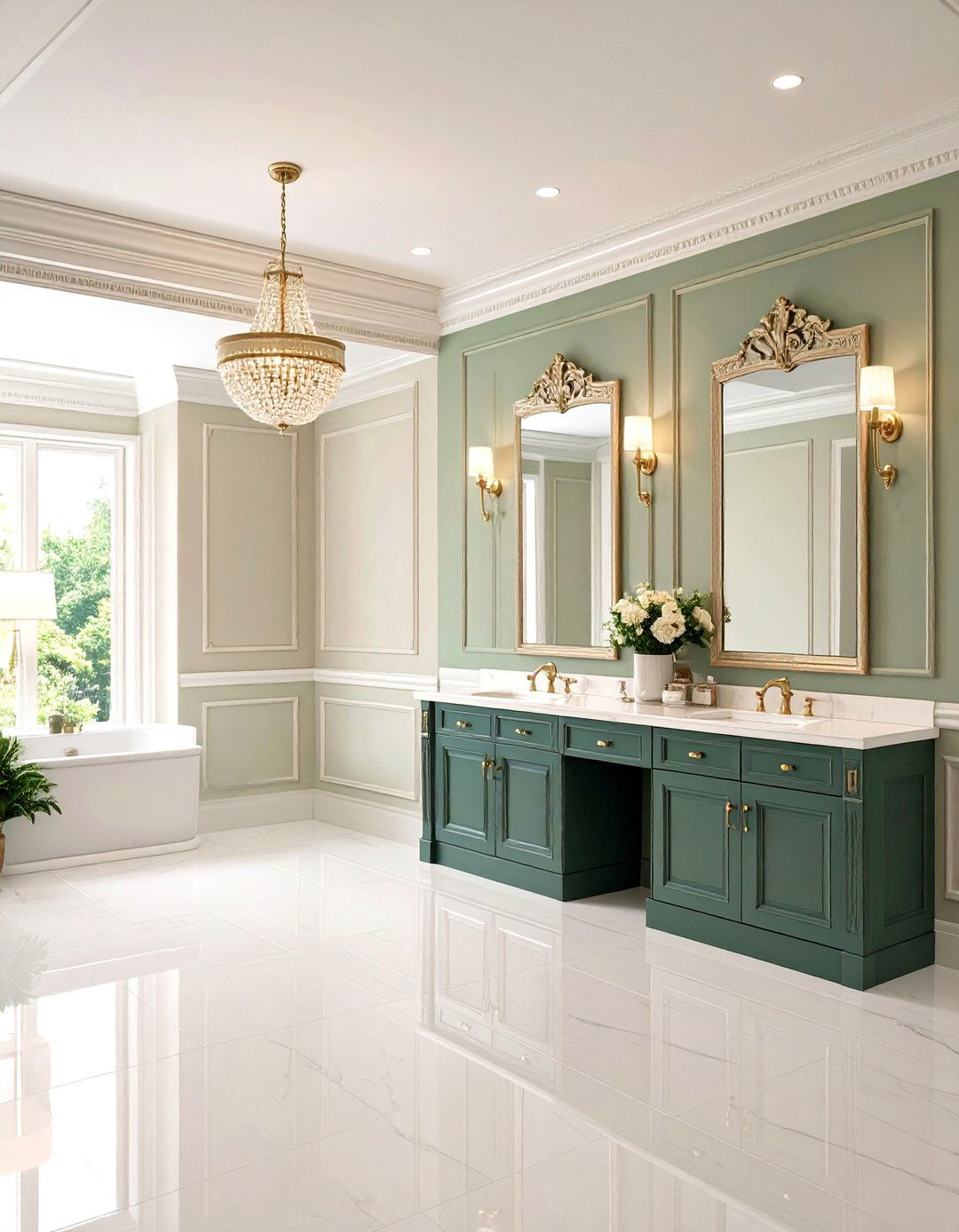
Crown molding atop wainscoting adds a grand, finished look to powder rooms by seamlessly transitioning from paneling to plain walls. Extending wainscoting up to a base crown rail—sometimes called picture rail molding—creates a strong architectural frame that enhances even the simplest panels. Choose ornate crown profiles for traditional baths or streamlined, flat-edged crown for modern spaces, and paint them in a complementary shade to unify the design. This elevated detail draws the eye upward, lending sophistication and making even compact half baths feel more expansive.
16. Wainscoting with Functional Ledge for Display
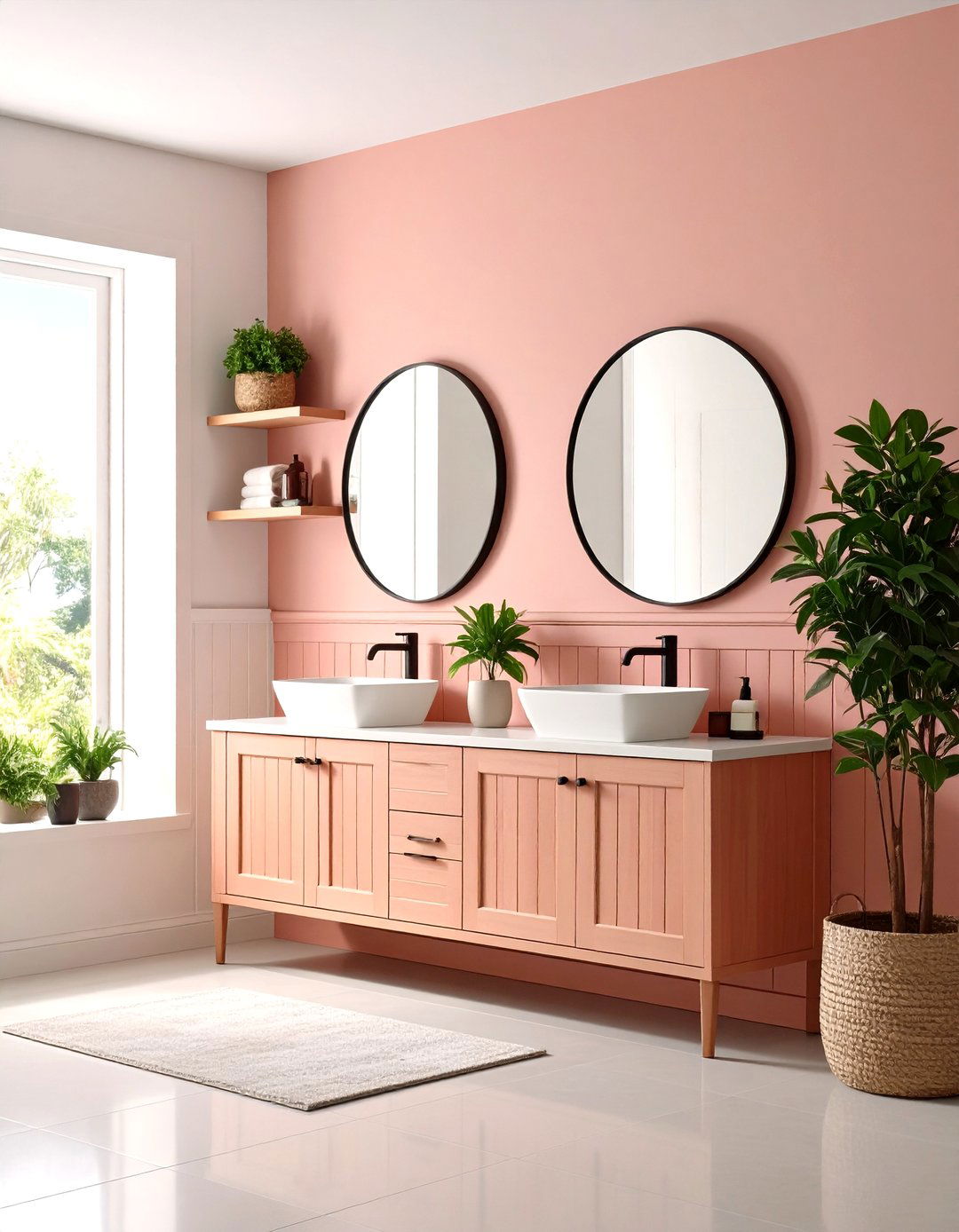
Wainscoting topped with a built-in ledge transforms a decorative half wall into a multipurpose surface for art, greenery, or guest essentials. Instead of a standalone chair rail, integrate a narrow shelf that sits flush above the top rail, offering space for a small potted plant, framed photo, or scented candle. Paint the ledge in a contrasting shade to highlight its function, or match it to the wainscoting for a seamless look. This approach adds both form and function, innovatively balancing decorative charm with practical storage in tight powder rooms.
17. Minimal Flat Panel Wainscoting for Sleek Simplicity

Minimal flat panel wainscoting features wide, unadorned panels framed by simple trim, offering a clean backdrop that suits contemporary and mid-century modern powder rooms alike. By omitting elaborate moldings, flat panels create gentle shadow lines that enhance wall texture without distracting from standout fixtures or art pieces. Typically installed at heights between 30 and 36 inches, this style works well in narrow baths where visual restraint prevents the space from feeling cramped. To complete the look, paint panels in a matte finish and complement with streamlined hardware in polished chrome or brushed nickel.
18. Waterproof MDF Wainscoting for Budget-Friendly Upgrade

Moisture-resistant MDF wainscoting provides an affordable, durable alternative to solid wood for powder rooms and other high-humidity areas. Specially engineered panels resist warping and swelling, ensuring long-term performance with minimal maintenance. MDF sheets can be cut into beadboard, board-and-batten, or flat panel profiles, then primed and painted in any color, offering design flexibility on a budget. Because MDF cuts cleanly, installers can achieve crisp edges and seamless joins. Seal the painted surface with clear acrylic or water-based poly to further protect against moisture and scuffs.
19. Gallery-Style Picture Frame Wainscoting for Personal Touch
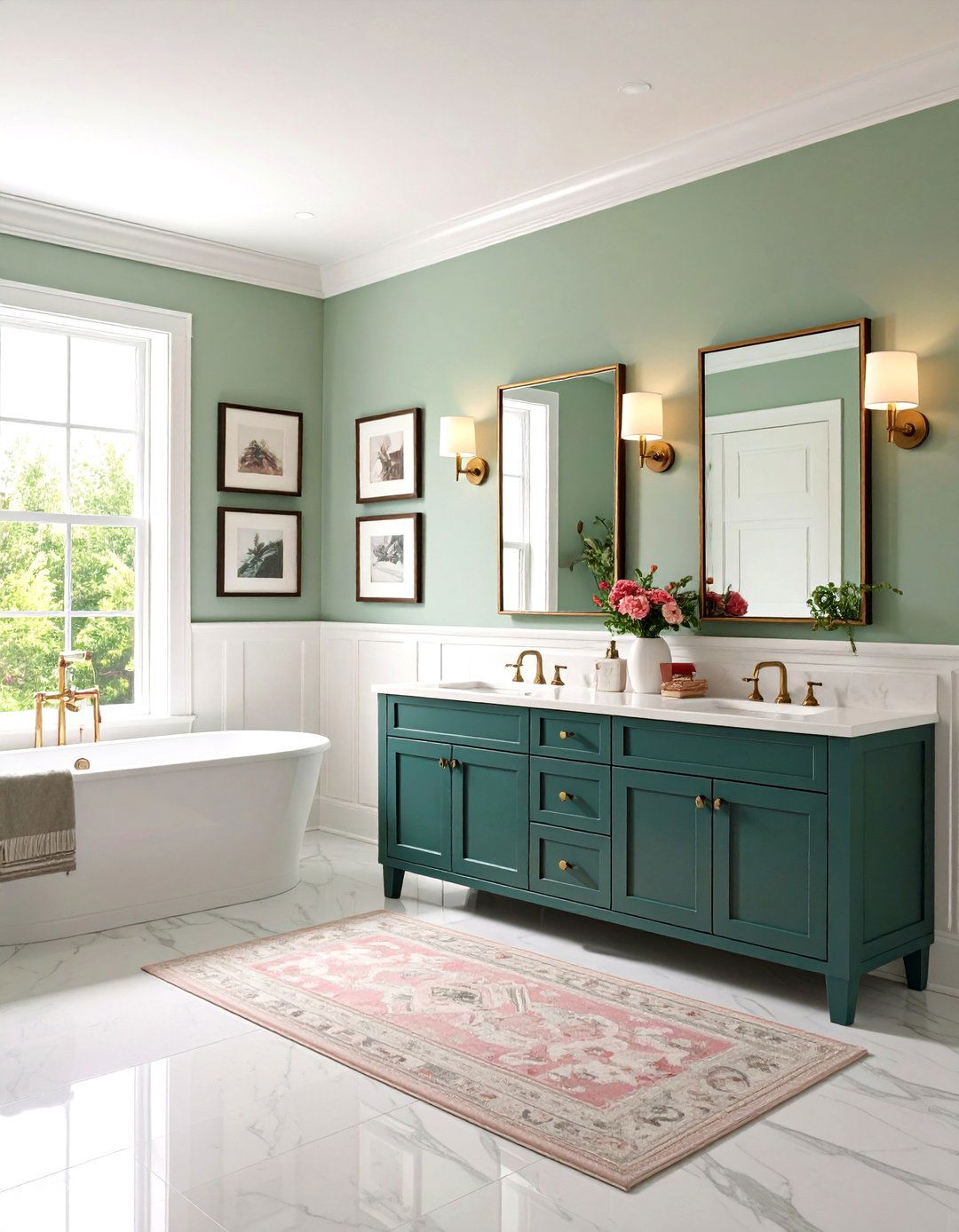
Gallery-style picture frame wainscoting combines narrow picture molding with shelf ledges, creating dedicated spaces for rotating artwork or family photos. Separating each frame with thin molding strips above a standard chair rail gives the impression of floating frames directly mounted on paneling. This hybrid treatment allows homeowners to change décor seasonally without harming the wainscoting and adds unique personality to a powder room. Use sample boards to test layouts before installing molding, and paint the picture rails in a contrasting or metallic finish for extra visual interest.
20. Curved Corner Wainscoting for Softened Lines
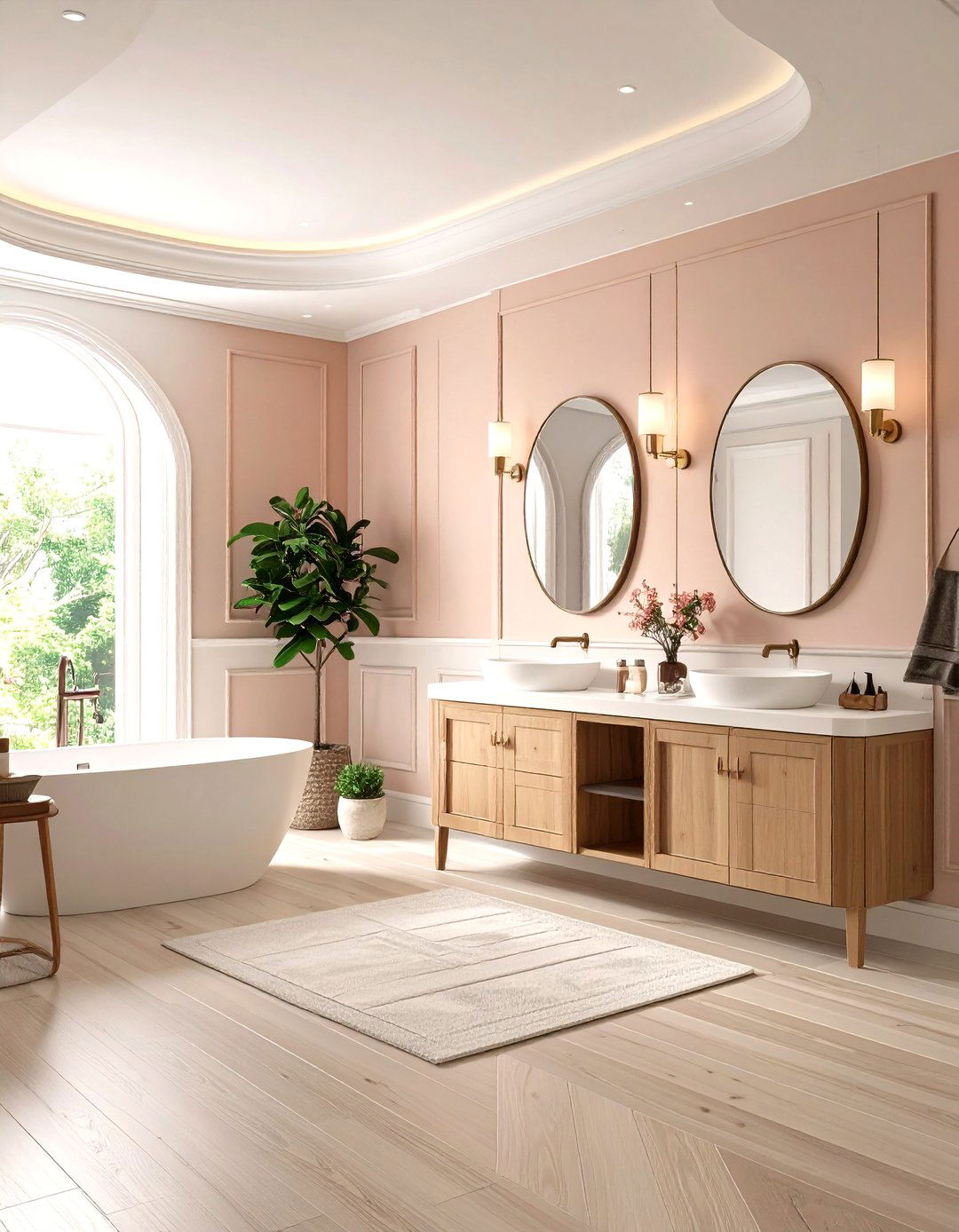
Curved corner wainscoting adapts classic panels to rooms with arches or curved walls by bending thin strips of flexible molding around the corner, maintaining continuity in design. This approach avoids awkward joint lines and ensures a polished, custom feel in spaces with non-standard geometry. Select wainscoting profiles made of thin, flexible materials—such as PVC or specialized hardwood—then prime and paint as desired. Curved corners not only respect transitional spaces like hallway-to-bath connections but also highlight architectural quirks, turning them into design features in your powder room.
Conclusion:
Exploring these twenty wainscoting approaches reveals its incredible versatility and capacity to elevate a powder room’s character, regardless of style or budget. From classic beadboard and board-and-batten to daring color-drenching and artisanal plasterwork, each technique offers a distinct flavor and functional benefit. Whether you seek easy DIY upgrades with MDF panels or high-end custom treatments like sculpted plaster, wainscoting can transform ordinary half baths into memorable spaces. Embrace creative pairings—such as wallpaper, tile, and functional ledges—to maximize impact in compact layouts.





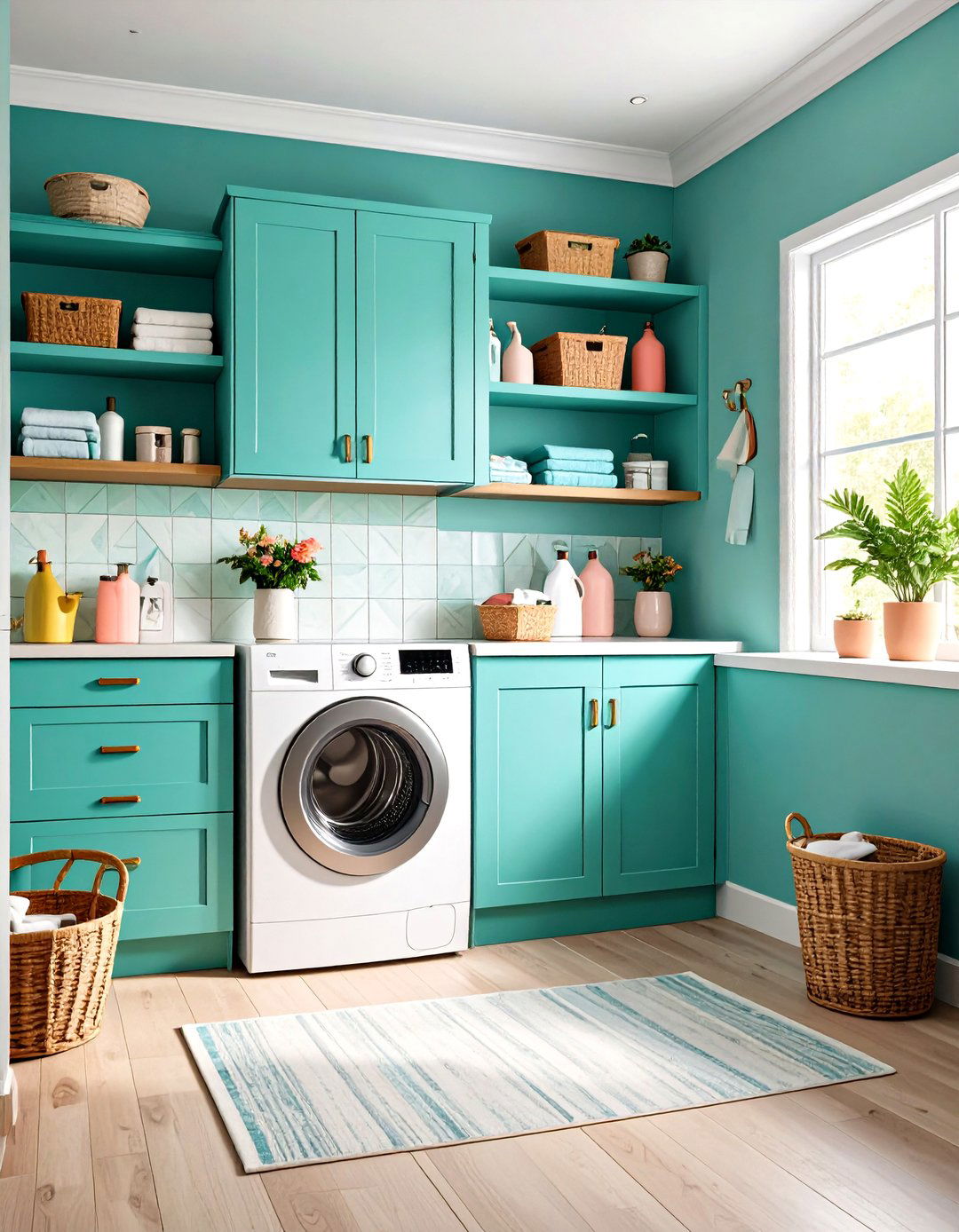

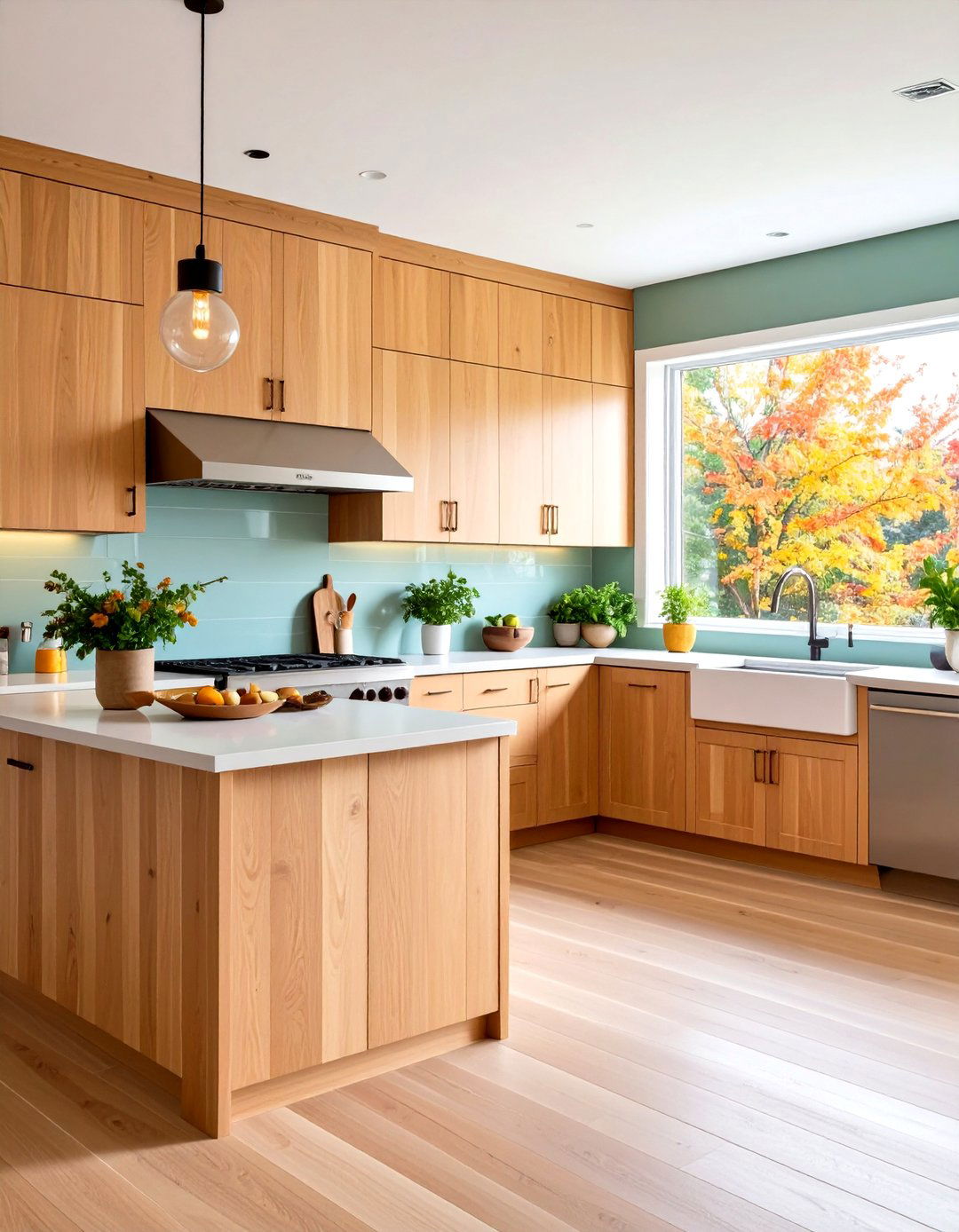

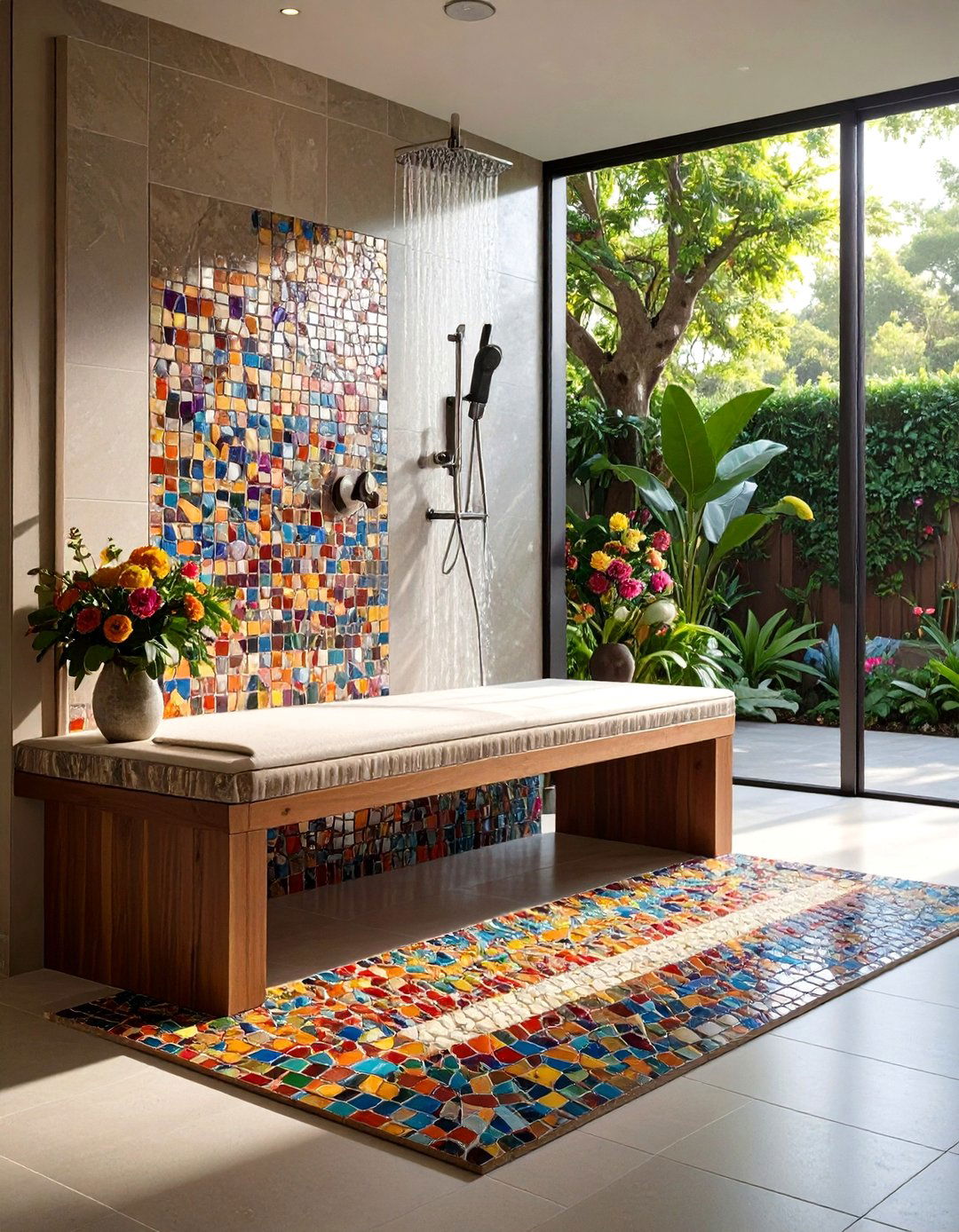
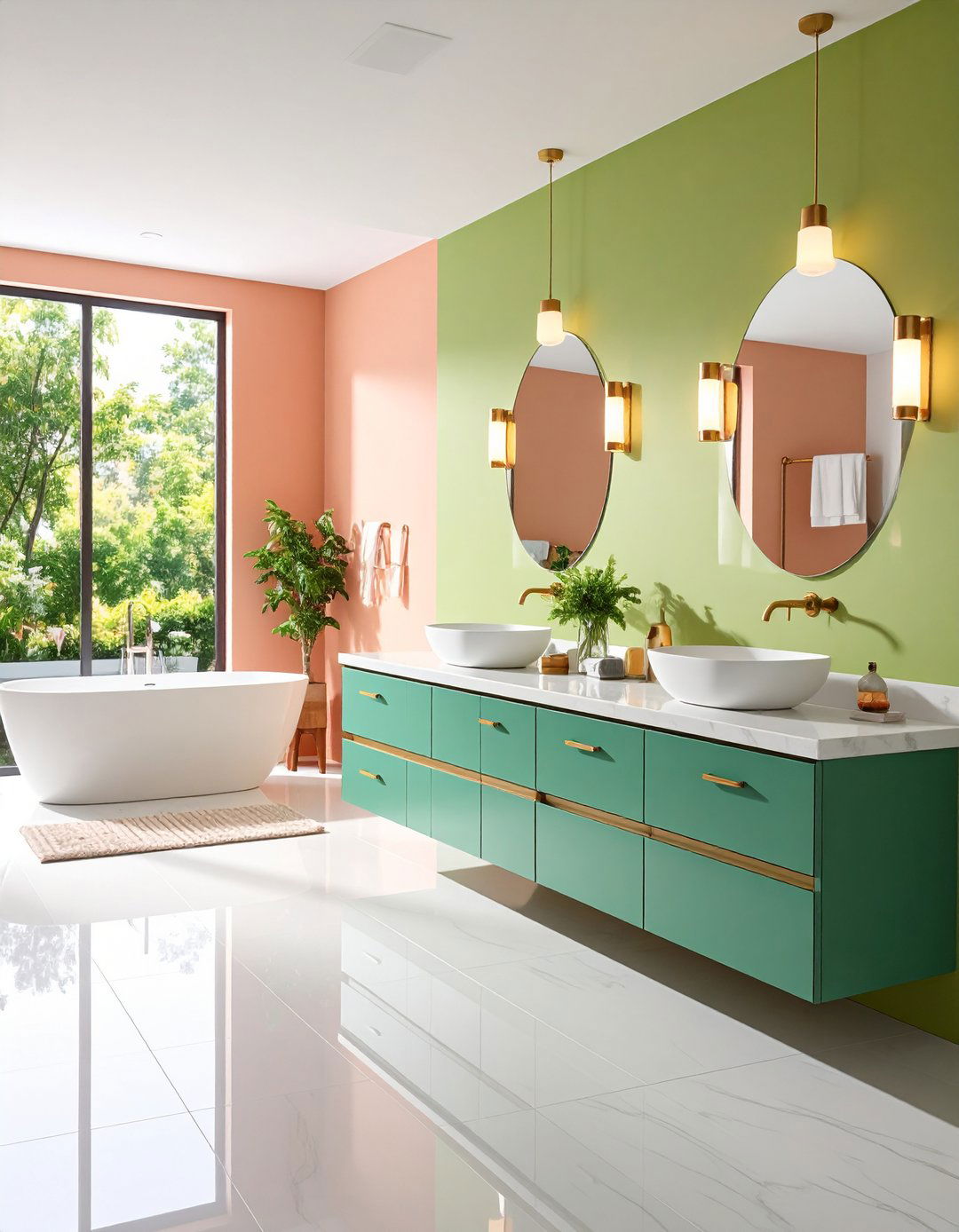
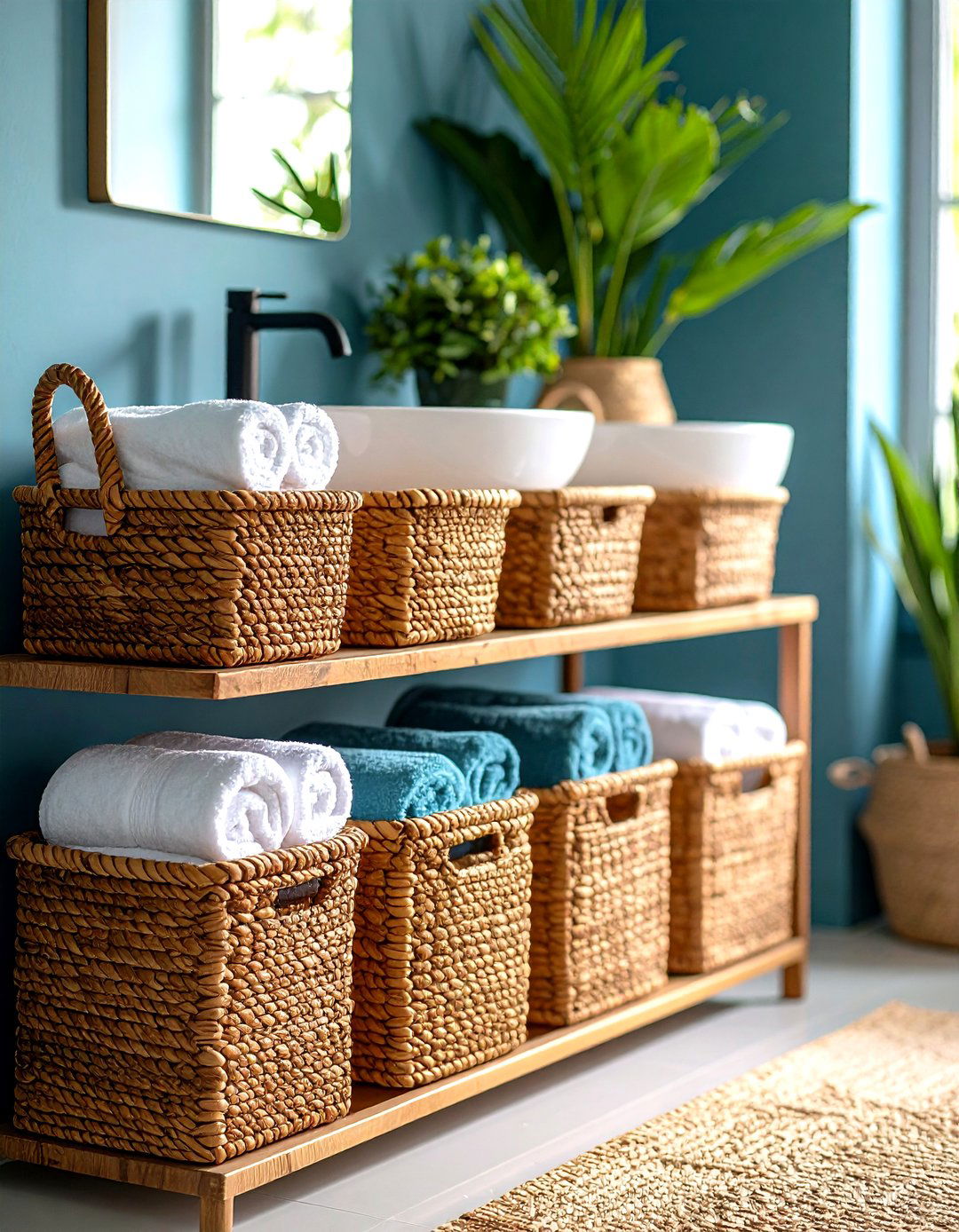

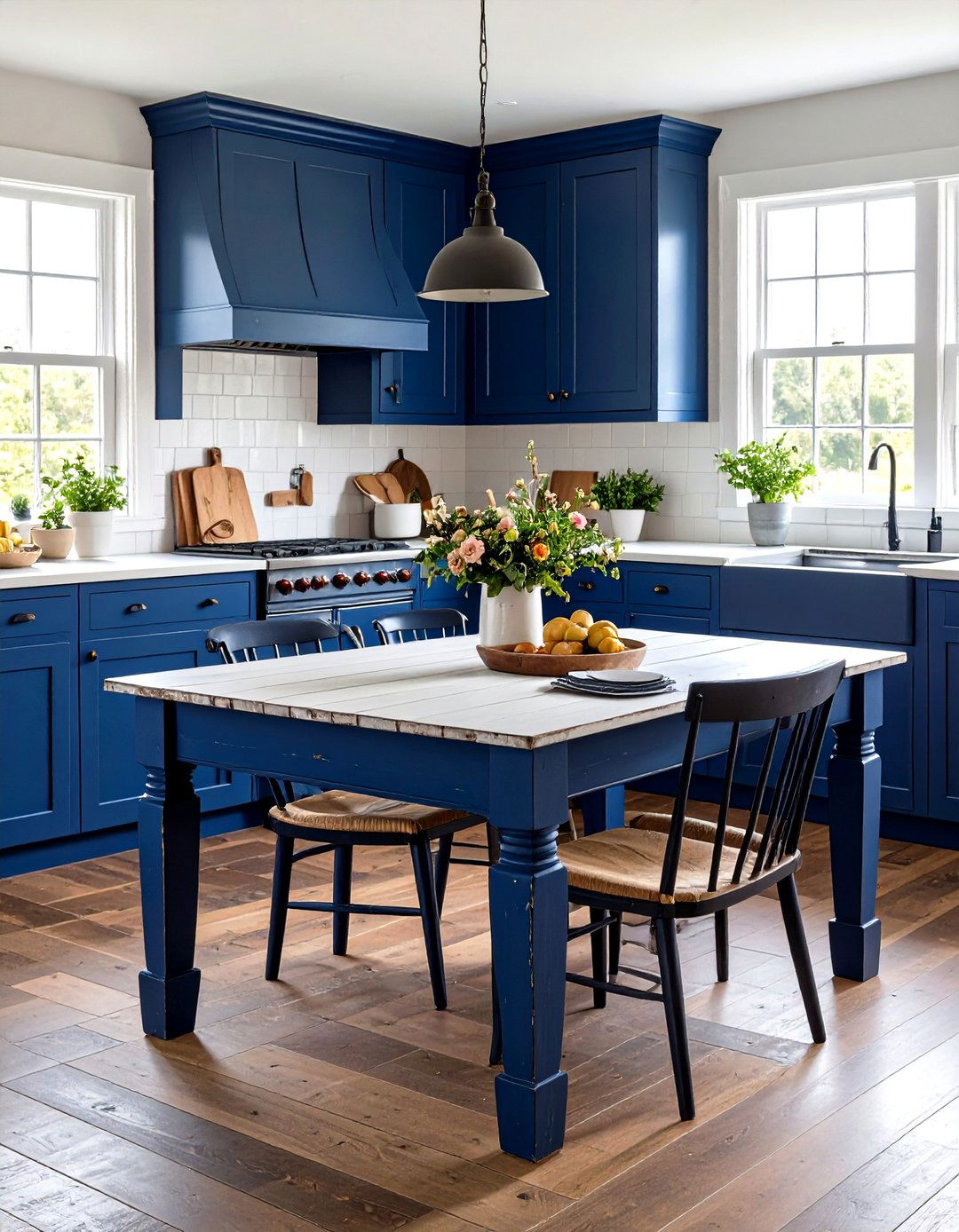
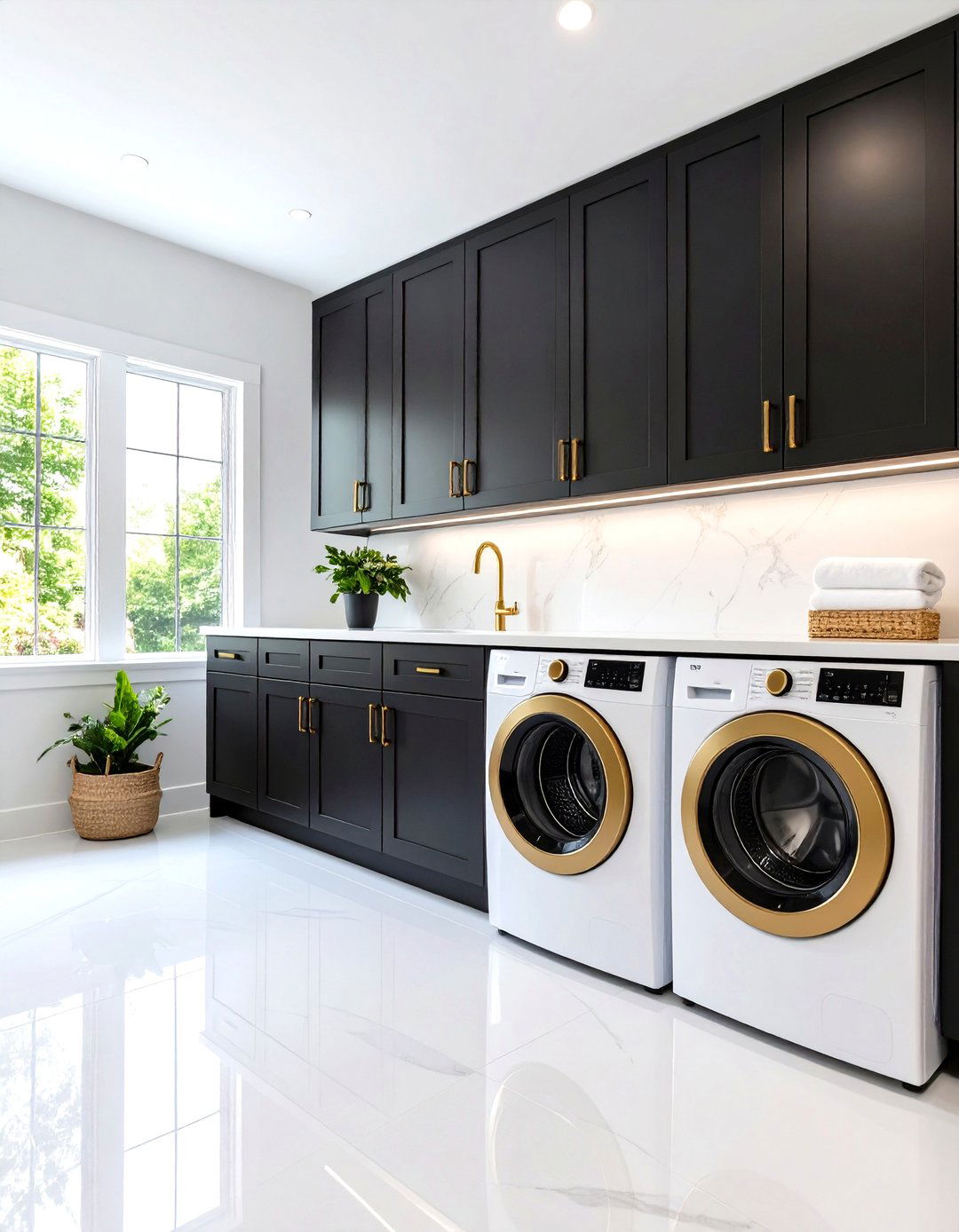
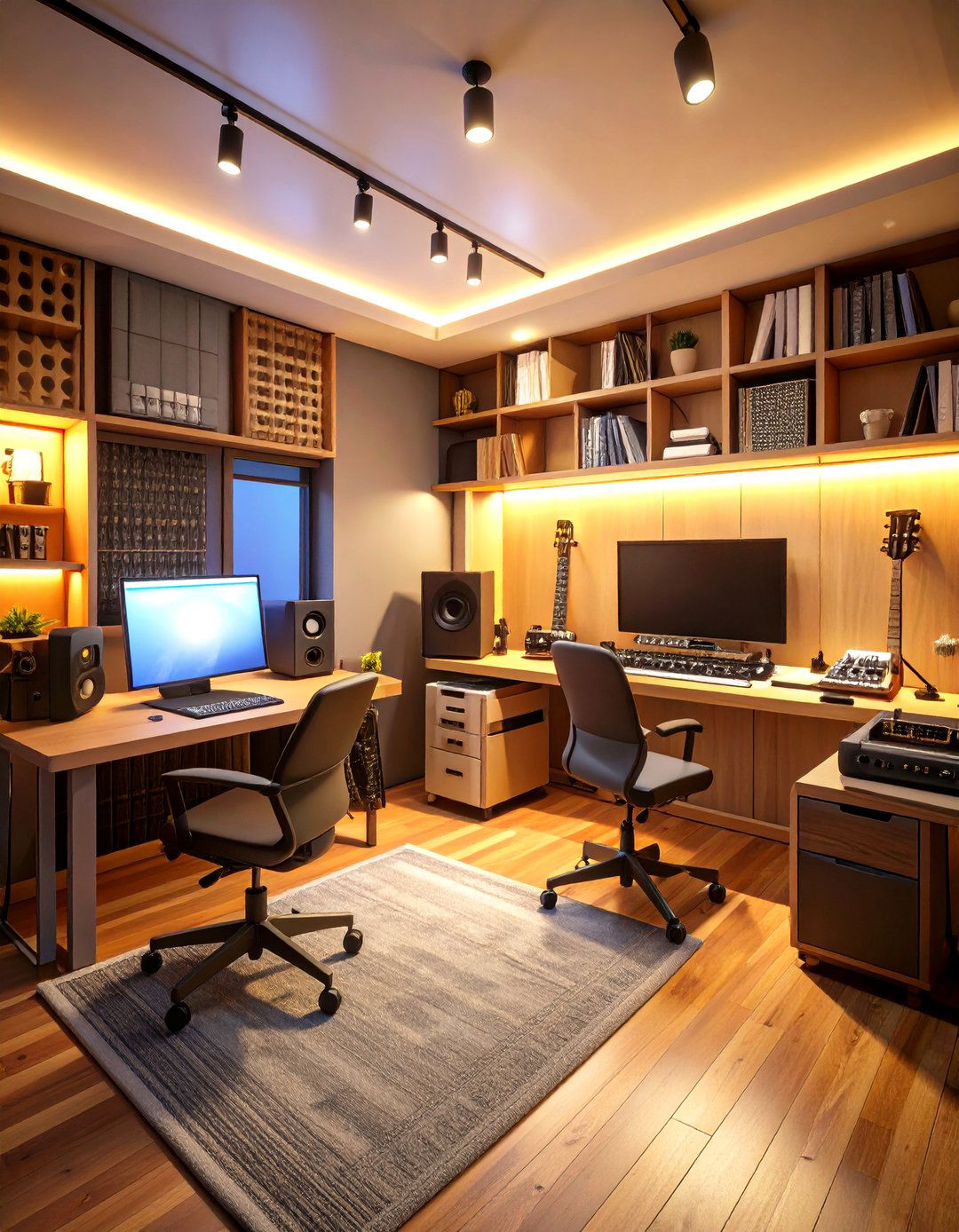
Leave a Reply